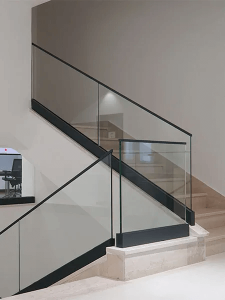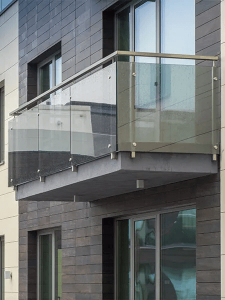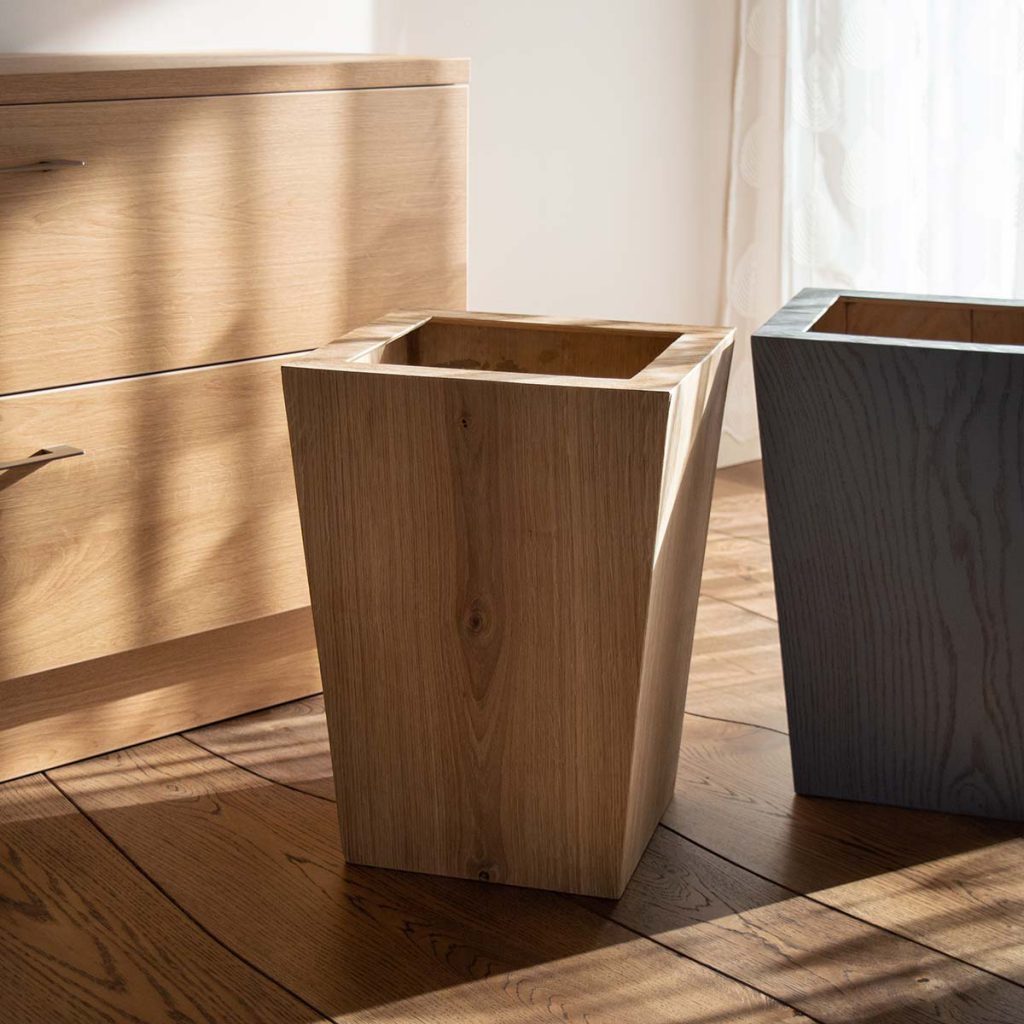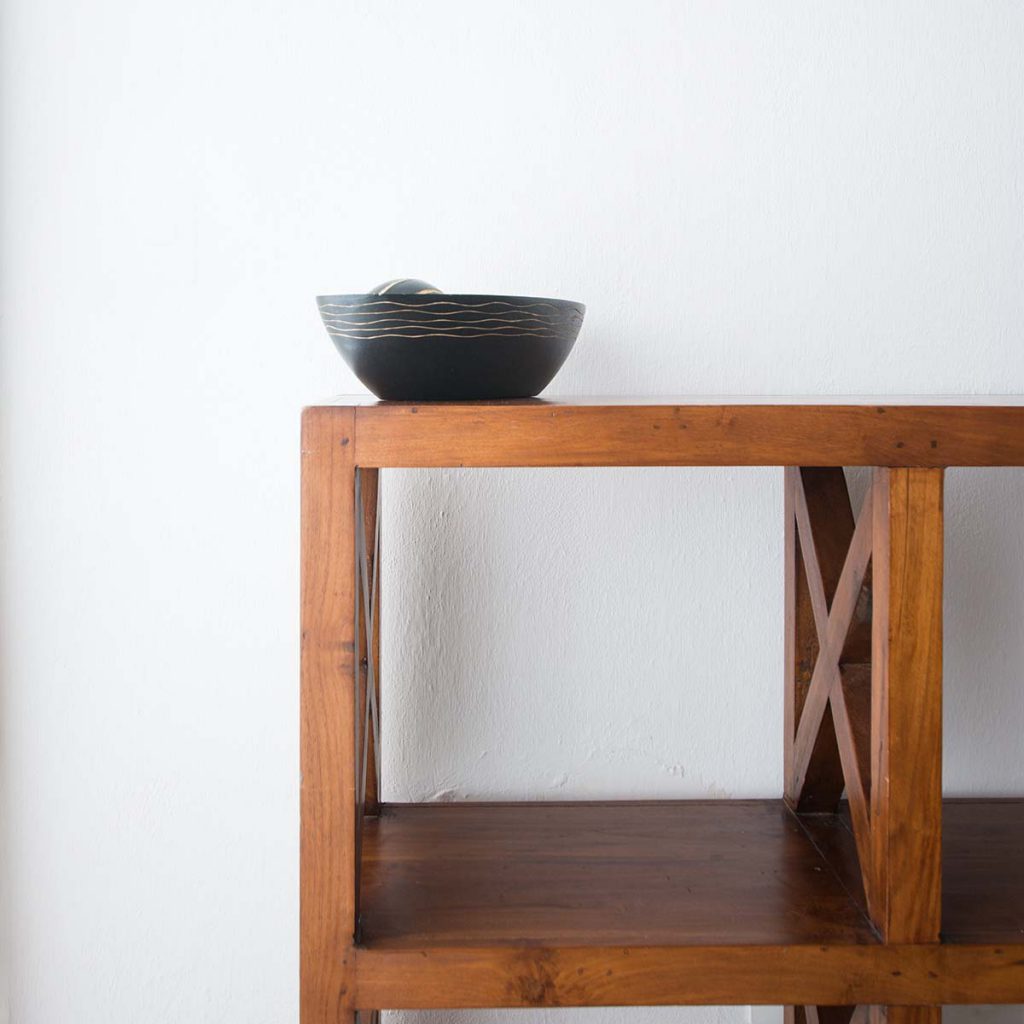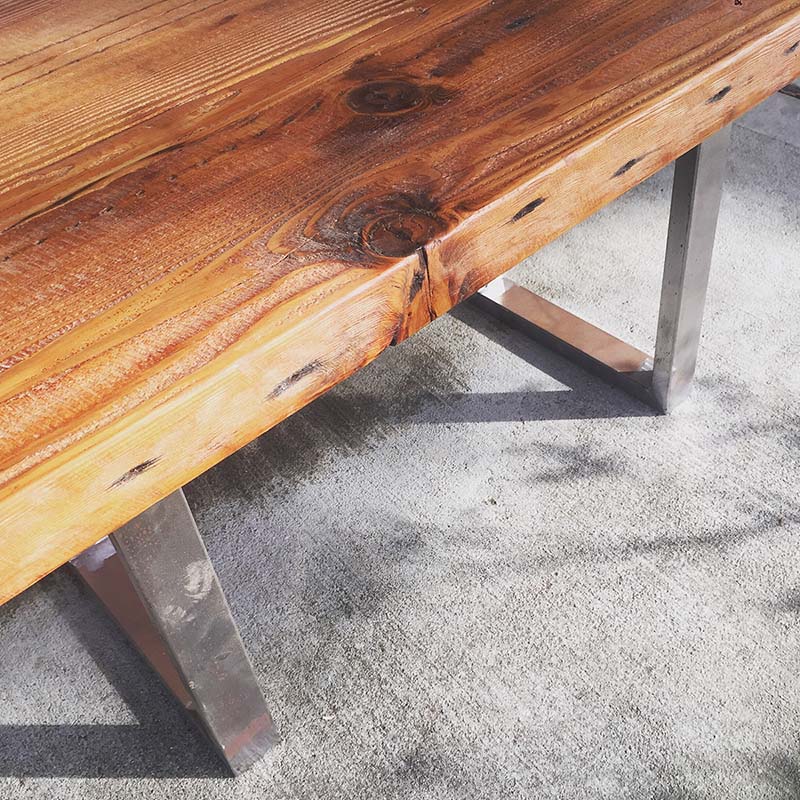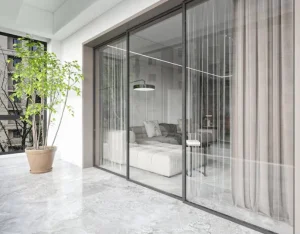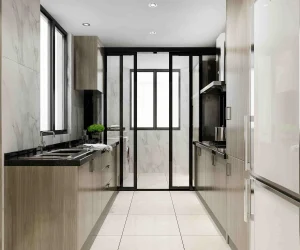Going green is a big deal in home and building design these days, and picking materials that are kind to environment really matters. Lift-and-slide doors are a great case study. They give you awesome views, let in tons of fresh air, and make moving between inside and outside a breeze. But which one’s the greenest? Let’s take a closer look at aluminum, uPVC, and timber lift-and-slide doors to figure out which works best for your eco-friendly project.
Aluminum Lift-and-Slide Doors: Super Tough but Energy-Hungry?
How It’s Made and Its Impact
Aluminum is strong as nails and can be recycled. But making it is a real energy drain. Digging up bauxite and turning it into aluminum takes a ton of power, often from fossil fuels. That leaves a hefty carbon footprint at the start. The upside? Recycling aluminum makes it a bit less harsh on the planet over time.
Keeping Your Space Comfy
Aluminum isn’t the best at trapping heat on its own, but newer doors come with thermal breaks—little non-metal pieces that stop heat from sneaking out. These make aluminum doors way better at saving energy. They’re almost as good as the other options now.
Built to Last with Little Fuss
Aluminum laughs at bad weather. Rain, storms, sun—it doesn’t care. It lasts way longer than wood and won’t rust like steel. You barely have to touch it to keep it in shape. Its tough frame is great for homes or businesses.
Green Takeaway
Making aluminum is rough on the environment, but it lasts forever and can be recycled. If it’s made from recycled materials, it’s a pretty good choice for green projects.
uPVC Lift-and-Slide Doors: Easy to Care For, But What’s the Downside?
How It’s Made and Its Environmental Toll
uPVC, or unplasticized polyvinyl chloride, comes from fossil fuels. It takes less energy to make than aluminum. Here’s the rub: the process releases chemicals. And tossing it out can get messy. Its chlorine content can make toxic stuff if it’s burned or dumped wrong.
Saving on Energy Bills
uPVC is a rock star at keeping your home cozy. It doesn’t let heat pass through easily, which means uPVC lift-and-slide doors help you spend less on heating or cooling.
Strength and Style Trade-Offs
uPVC doesn’t rot, rust, or get eaten by bugs. It’s crazy low-maintenance, but it’s not as tough as aluminum or timber. Sunlight can make it fade or brittle over time if it’s not treated. Plus, it doesn’t give you as many style options.
Green Takeaway
uPVC saves energy and needs little upkeep, but recycling it is a pain. Bad disposal can hurt the environment.
Timber Lift-and-Slide Doors: Earth-Friendly but Needs Some Love
Where It Comes From and Why It’s Green
Timber is the greenest pick if it’s from forests managed the right way. Trees soak up CO₂ while they grow, like a natural carbon vacuum. But if the wood’s from sketchy logging, you lose those perks.
We’re a premium window and door company with 20+ years in the game. We make aluminum-clad wood windows and doors. They mix natural beauty with extra durability.
Keeping Things Warm
Wood is awesome at holding in heat. Timber lift-and-slide doors help you save on heating bills in cold places, especially if they’re sealed right.
Staying Strong and Maintenance
Timber needs some regular care. You’ve got to seal or paint it to keep water and bugs at bay. Aluminum doors deal with weather better without all the work.
Green Takeaway
If you get it from a good source and take care of it, timber is super eco-friendly. It’s renewable and insulates like nobody’s business.
Comparing the Options: Who’s the Greenest?
The Big Picture
- Aluminum: Takes a lot of energy to make but lasts ages and can be recycled.
- uPVC: Uses less energy upfront but is tough to recycle and can be harmful when tossed.
- Timber: Renewable and great at storing carbon but needs regular TLC.
Toughness Test
We’ve tested the door panel and motor for 100,000 open-and-close cycles. That proves they’re built to last. Aluminum-clad wood systems supports are especially awesome, mixing durability with natural vibes.
Where They Work Best
- Aluminum: Great for businesses or places with rough weather where strength is everything.
- uPVC: Perfect for home projects on a budget that care about saving energy.
- Timber: Ideal for folks who love the planet and want natural beauty, especially with upgrades like cladding.
Picking the Best Green Lift-and-Slide Door
What to Think About
When choosing a green lift-and-slide door, keep in mind:
- The weather where you live (like how humid it gets)
- How it fits your building’s look
- The style you’re after
- How much upkeep you’re cool with
- Your budget
You can also customize. Pick the size, door thickness, color, glass, locks, and handles. We can make it match your vibe.
Hitting Green Building Goals
Go for products that meet standards like LEED or BREEAM. That shows they’re eco-friendly. Choose companies with smart, efficient production. We’ve got a modern factory with high-tech CNC machines. We’re all about top-quality, smart, custom windows and doors.

If you want a green option that still looks and works great, you’ve got choices. We offer casement, sliding, bi-fold, and French doors for all kinds of projects. Hiseng products stand out. Whether you’re into timber’s natural charm or aluminum’s tough-as-nails vibe, our silent design with multiple seals and hydraulic closers makes sure your lift-and-slide door is green and awesome. Contact us for your best lift and slide door!
FAQ
Q: What should I focus on when picking a green lift-and-slide door?
A: Think about your local weather, your building’s style, how much maintenance you’re up for, your budget, and the look you want. Go for materials that meet green standards like LEED or BREEAM. Look for responsibly sourced stuff, like FSC-certified timber or recycled aluminum.
Q: How do I know if a material is sustainably sourced?
A: Check for certifications like FSC for timber. For aluminum, ask for proof it’s recycled. For uPVC, see if the company has eco-friendly policies or recycling programs.
Q: Are there certifications to make sure a product is green?
A: Yup, look for LEED, BREEAM, or Energy Star certifications. For timber, FSC or PEFC means sustainable forestry. For aluminum, check if the supplier uses recycled materials or low-carbon methods.


